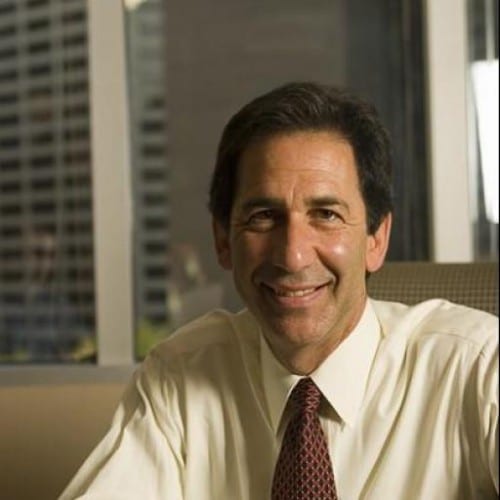The problem of the shortage of rural lawyers now has a label. Areas with few or no lawyers are now called “legal deserts.”

Table of contents
About 10 years ago, in “Be a Small Town Lawyer,” I wrote about the shortage of lawyers in rural America and the abundant career opportunities for attorneys willing to venture outside of metropolitan areas. What has changed since then? Not much. The shortage is very real. Here are some recent statistics.
- Overall, 14% of residents live in rural America, but only 2% of attorneys practice in rural America.
- An ABA study from 2020 found that 40% of all counties in the United States have fewer than one lawyer per 1,000 residents.
- A dozen counties in Nebraska have no lawyers at all. Only 7% of the state’s lawyers live in rural communities.
- In Kansas, there’s a ratio of two lawyers per 535 residents in urban areas but only one lawyer per 808 residents in rural areas. Two counties have none, and 11 have only two.
Why the Rural Attorney Shortage Is Getting Worse
Three trends seem to have been making the shortage worse. First, since the Great Recession, fewer people are attending law school. Second, more lawyers of the baby boom generation are retiring. Finally, many younger lawyers and other professionals hesitate to move to small towns because of a lack of cultural activities and romantic prospects. Even for those who are already coupled, the difficulty of finding suitable employment for a professional spouse may discourage a move to a rural area.
My anecdotal experience bears out these reported trends. In the past 10 years, I’ve worked with a handful of rural lawyers in different states on their exit strategies. Some have successfully transitioned their practices to another attorney. However, a few of my clients sometimes found no takers and simply closed their practices. Indeed, a handful reminisced about the “good old days” when there were 10 to 15 lawyers in town when they first started to practice, whereas now, there are only two to three lawyers and they work for the government.
Efforts to Address the Rural Attorney Shortage
One constant is developing or continuing state-specific initiatives to address the problem of too few attorneys in rural areas:
- South Dakota’s Rural Attorney Recruitment Program provides $12,500 annually for lawyers willing to relocate to rural counties. It has successfully recruited 32 lawyers in the past decade. North Dakota has a similar program with a $9,000 stipend.
- Nebraska’s Legal Education for Public Service and Rural Practice Loan Repayment Assistance fund has paid 34 residents who agreed to work in rural areas between $1,000 and $5,000 to pay off law school loans.
- Through its Rural Practice Summer and Associate Fellows programs, Illinois offers $5,000 to law students who clerk for rural practitioners, and $5,000 to those who work as an associate for at least one year in a rural town.
Given the sobering statistics noted above, it certainly seems that these programs are, at best, modestly successful. More likely, they are just preventing a bad situation from getting worse.
Legal Deserts: Access to Justice Isn’t Just a Rural Problem
There is one thing that has changed in the last 10 years. The problem of the shortage of rural lawyers now has a label. Areas with few or no lawyers are now called “legal deserts.” And with that label, many commentators bemoan the shortage’s negative impact on the access to justice problem that never seems to go away.
While I agree that the lack of lawyers is just one of many reasons why people with low incomes can’t access justice in rural areas, it may not be one of the more significant ones. I would venture to guess that urban areas are not doing any better than rural areas when providing access to justice. The sad reality is that if you are poor in America, no matter where you live, access to justice remains a big problem.
More practically speaking, the shortage means that the middle and upper middle class who live in rural America will be inconvenienced when doing estate planning, getting a divorce or being arrested for DWI. The closest lawyers may be in a city two hours away, charging $50 to $100 more per hour than these clients used to pay. Zoom calls will be the norm, and meetings in person the exception. Is this an issue worth losing sleep over compared with others facing the profession today? I don’t think so, especially when I hear some of the rural lawyers I know talk about their farmer clients who own acres of land worth millions.
Access to Client Opportunities
I’m not smart enough to solve the problem of how to attract any professional to rural America. But I am smart enough to know that if you’re a lawyer looking for “low-hanging fruit” clients, many millionaire farmers in rural America would love to meet you.
Image © iStockPhoto.com.

Don’t miss out on our daily practice management tips. Subscribe to Attorney at Work’s free newsletter here >






















